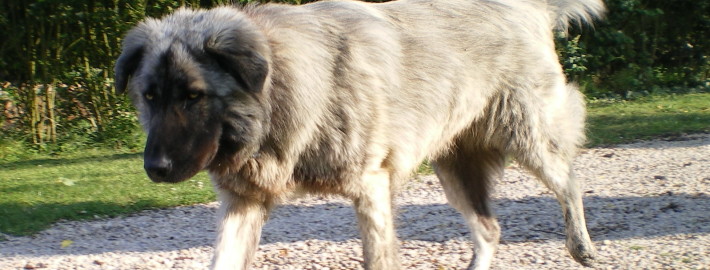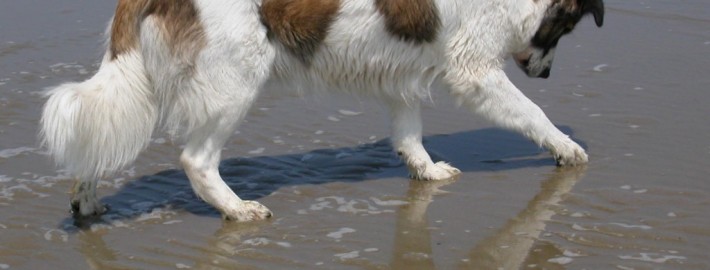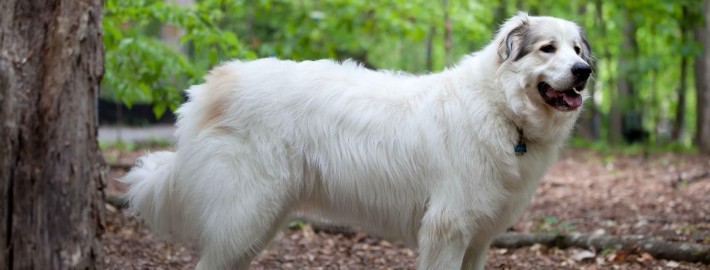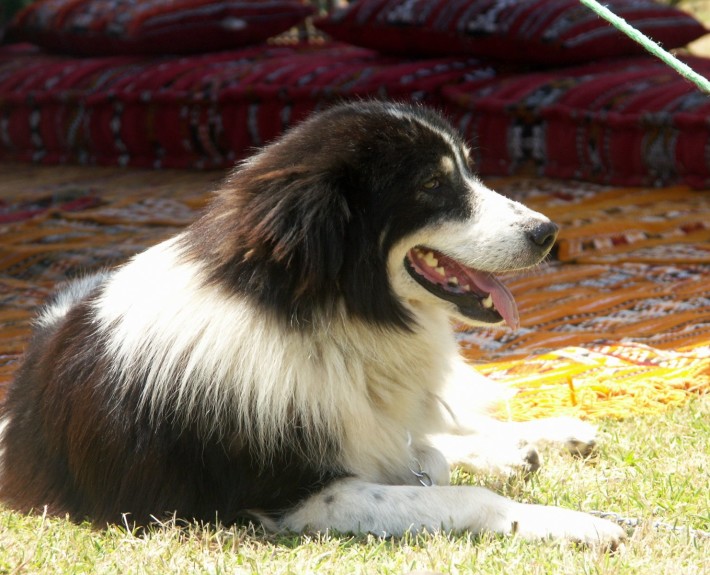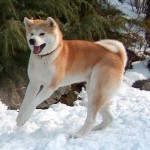What makes the Aidi Unique?
Usually alert and extremely instinctive in assessing the threat of danger, the Atlas dog has built in guarding and protective actions. The dog breed is very affectionate and docile having its family. This hardy breed is known by a multitude of names including Atlas Mountain dog, Atlas sheepdog, Berber dog, Chien de l’Atlas, Atlas shepherd dog, and Aidi. These dogs were first spotted on guard in the Sahara region and in the Atlas Mountains of Morocco and are thought to share an ancestry with the pariah dog.
Breed Groups
- Working Dog Breed
- Medium Size
Page Contents
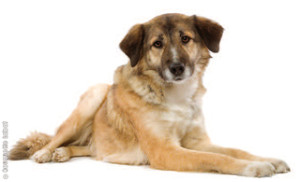
SnapShot
| Size: | Males – 52 to 61 cm (21 to 24 inches) Females – 51 to 64 cm (20 to 25 inches) |
| Weight: | Males – 23 to 25 kg (50 – 55 pounds) Females – 24 to 26 kg (51 – 56 pounds) |
| Origin: | Morocco |
| Life Span: | 12 years |
| Colour: | Black, brown, brindle, cream or cream sable, or red or red sable, all with or without black mask or any amount of white. |
| Litter Size: | 4 to 13 puppies, 8 being the most common |
Is the Aidi Right For You?
The Aidi or Chien de l’Atlas is a Moroccan dog breed used as a livestock guardian, protecting herds of sheep and goats.
In 5 Words
- Faithful
- Affectionate
- Alert
- Fearless
- Aggressive
Characteristics
Learn About the Aidi
Description
Born in litters ranging from three to eight puppies, the Aidi grows quickly into a lean and muscular dog. United Kennel Club breed standards state that both male and female dogs should be about 20½ to 24½ inches high (52 to 62 centimeters) at the withers. On average, the Aidi weighs between 50 and 55 pounds (22.68 to 24.95 kilograms). This breed features a heavily plumed tail and forward tipped, medium-sized ears. Aidis have strong jaws with black or brown lips. Their eyes should have a direct gaze and can range in color from amber to brown. The Aidi has a tapered muzzle, with a black or brown nose that usually matches the coat.
Coat colors include black, white, black and white, tawny and pale red. The coat of the Aidi is coarse, thick, and weather resistant. This fur also serves as a layer of protection for the dogs during fights with predators, as well as from the elements themselves. Heavy shedding of the aforementioned coat happens twice annually.
Working animals in North Africa often have their tail and/or ears docked but this practice is not recommended, especially for show dogs. The Aidi breed is recognized by the UKC and the FCI dog clubs, but not the AKC. These dogs are classed as a member of the molossoid or mountain dog group by the FCI, while the UKC groups the breed with the guardian dog types.
Short History
This hardy breed is known by a multitude of names including Atlas Mountain dog, Atlas sheepdog, Berber dog, Chien de l’Atlas, Atlas shepherd dog, and Aidi. These dogs were first spotted on guard in the Sahara region and in the Atlas Mountains of Morocco and are thought to share an ancestry with the pariah dog. Native to Morocco, Algeria, Libya, and various other parts of North Africa, the Aidi have lived and worked for members of tribes such as the Berber for many hundreds of years.
These dogs served as guardians for families and livestock. Historically, Aidi dogs were staked around encampments at night in order to keep watch for intruders. During the day, they were allowed to roam free and functioned as deterrents against wildcats, wolves, and other dangerous animals which would harm the livestock. Unlike their European counterparts, these dogs were not bred to herd their flocks as well as watch over them.
The Aidi is common enough breed in its North African homeland where a number of these dogs are still serving their original purpose. Nonetheless, the Aidi has become increasingly popular as a house pet. Local activists have recently become concerned with protecting the breed’s purity, yet these animals are not as highly regarded as other regional dog types.
Temperament
A powerful dog which was trained to protect its family, the Aidi is energetic and alert. At times, the breed can be said to be particularly high-strung or hyper. Rural settings are recommended for this breed, because they need space to run due to their high energy levels. They are not temperamentally acclimated to being a house dog, even though that has become more popular with breed fanciers in recent years.
This breed is prone to barking and can become a boredom barker if not kept properly entertained. Aidis do not like to be left sitting around for hours and often require a job to keep them busy, such as tending a flock. Another option is to train them to be hunting dogs. Their keen sense of smell makes Aidis useful as a tracking dogs. When paired with the quicker Sloughi breed, the two dogs can become a formidable hunting team.
This dog breed is sensitive to criticism and wants to please its owners, but it should not be allowed to think it is the “alpha dog” or the boss of any situation. Though Aidis are tolerant of their human families, including children, these dogs still serve their original purpose of being intimidating and aggressive around strangers. Professional training and early socialization are good for any dog, but even more so for larger breeds or more aggressive breeds such as this one.
Caring for your Aidi
General Health
If kept indoors, these dogs will need daily walks. Although Aidis are a high energy breed, those that remain inside all the time are prone to sloth. Dogs without appropriate exercise have also been known to become bored and destructive, leading to disastrous situations for both owners and dogs alike. Aidis can live between ten and thirteen years if no health problems rise. They are not prone to any breed related diseases.
Grooming & Bathing
This dog needs little grooming, despite the considerable thickness of its coat. Once weekly brushing is all that is required for most of the year. During times that the dog is shedding, more brushing will keep fur from accumulating in households. Should the Aidi live outdoors, extra grooming is probably not necessary. Bathing this breed a few times per year is also recommended, as this will help keep their coats and undercoats clean.
Aidi dogs are ready to spring into action at any time. However, they need firm training and should especially be attended by a strong and firm alpha male, because they sometimes tend to get aggressive towards other people.
Because of their high energy levels, they require ample amount of exercise and continuous mental stimulation.

